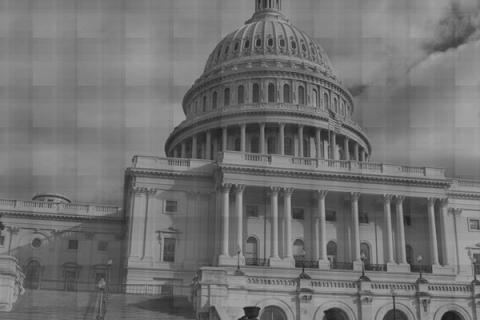 In a state where Independents now outnumber registered voters from each of the two major parties, an Arizona State University professor suggests that it may be time for the Grand Canyon State to adopt some form of an open primary system.
In a state where Independents now outnumber registered voters from each of the two major parties, an Arizona State University professor suggests that it may be time for the Grand Canyon State to adopt some form of an open primary system.
"Under this arrangement, voters are given the opportunity to choose from all candidates regardless of the voters' or politicians' party affiliation. Candidates are free to indicate their party preferences after their names, but the choice of nominees would no longer be under the exclusive control of die-hard, ideologically minded true believers in each party," he said in an op-ed piece for the Arizona Republic.
Some the evidence that David R. Berman gives for introducing an open primary includes the huge sense of disengagement that Arizona voters have displayed as of late. Nearly 7 in 10 eligible voters skipped the primary last August.
Also a factor, he claims, is the lack of competitiveness witnessed in last November's general election. 23 of 90 seats went uncontested. That's just over a quarter of seats that lacked any competition, which he essentially argues is what drives Independents and moderates away from the ballot box. All the while, Berman says that partisans take advantage of this phenomenon to easily advance to the Fall ballot and maintain uncontested control of their respective offices.
"Arizona may be a state where a top-two system might have a considerable moderating influence because a large number of its 30 districts are dominated by one of the two major parties. The Arizona Independent Redistricting Commission could draw districts to be more competitive, but redistricting could only go so far because of legal considerations and, most fundamentally, the way the voting population is distributed geographically," he said.
California, Washington, and Louisiana are states currently employing an open primary system. California and Washington currently utilize the top-two open primary, while Louisiana sends a candidate straight to public office if he or she receives a majority of the vote. Out of the primary formats currently used, Berman believes that the top-two open primary is ideal for promoting moderation. Whether the top-two vote getters are from the same party or not, the increased participation from Independents and moderates could result in the less partisan candidate winning the race. In Washington, for example, Berman states that more moderate candidates have (for the most part) won elections in which the top-two vote getters were from the same party.
Berman might be on to something when it comes to making the case for the top-two open primary. Not really discussed in his piece is how the top-two open primary has played out in California up to this point. One of the first places that the new system has been applied to is in the Golden State's 36th congressional district where a special election is currently taking place.
In the initial election of 16 candidates which took place back in May, many including myself were expecting two Democrats (Los Angeles City Councilwoman Janice Hahn and California Secretary of State Debra Bowen) to advance to the July 12 special election. Defying the odds in a district dominated by Democrats 2-1, voters instead opted to choose Tea Party-backed Craig Huey to challenge Democrat Janice Hahn. Now, with the race winding down next Tuesday, recent data finds that Huey and Hahn are in a closer race than expected.
If Independents are growing in each and every state, like they are in Arizona, the top-two open primary could be a viable alternative in future elections.
